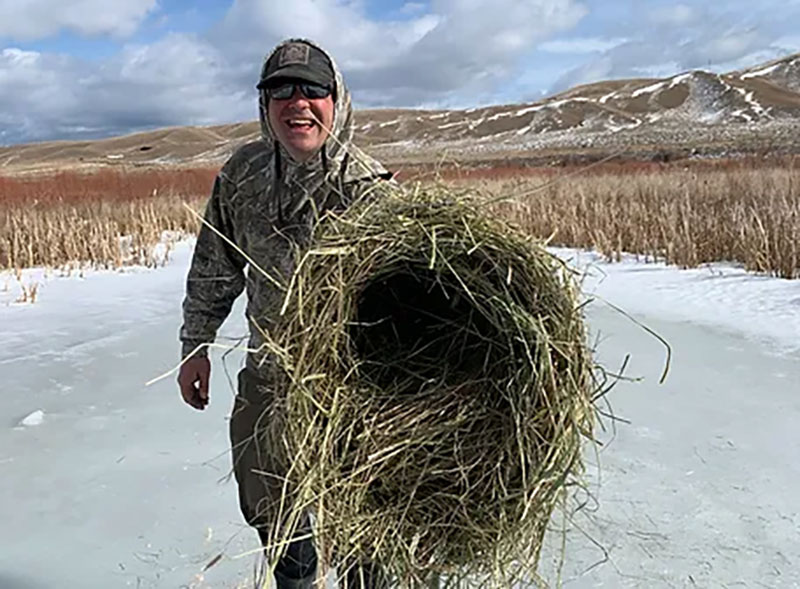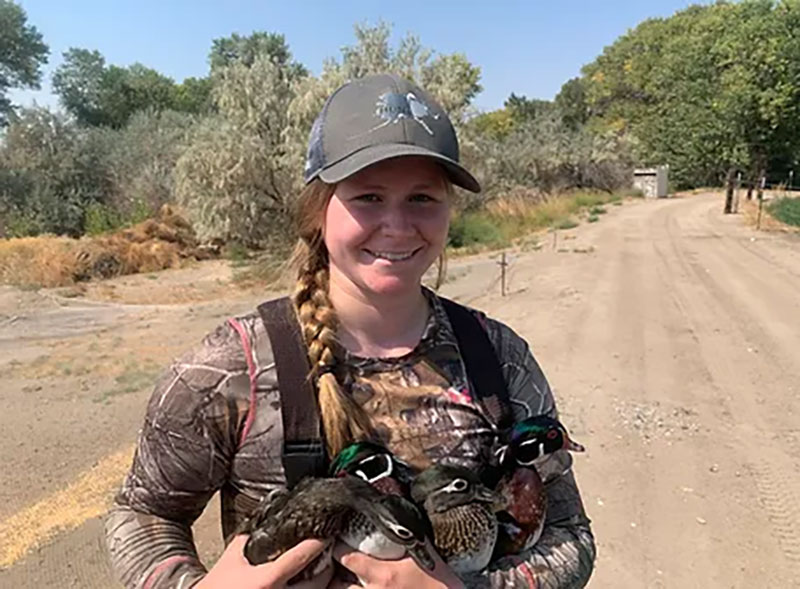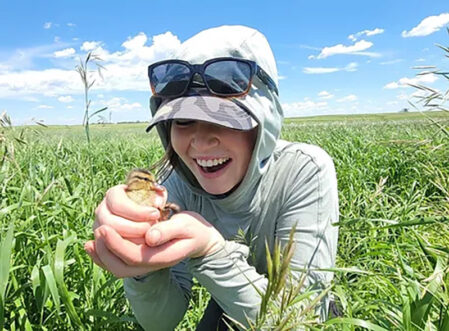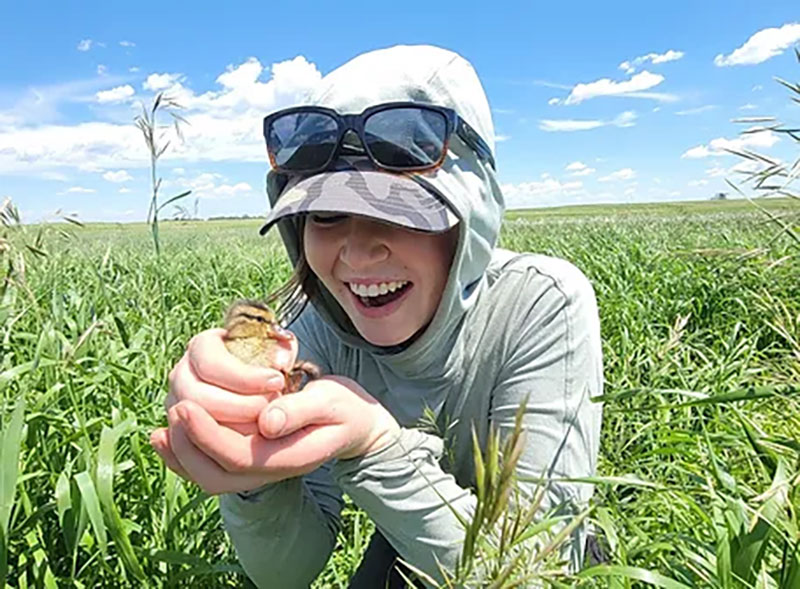Wetland ecosystems are some of the most diverse ecosystems in the world. They support native plants and animals and provide services such as flood control and water purification. Unfortunately, wetlands are also some of the most threatened ecosystems. Born from a love of Montana’s natural spaces, Montana Wetlands, and Waterfowl seeks to bring much-needed attention to these vital systems.
Montana Wetlands and Waterfowl serve to restore and protect Montana’s wetlands and their inhabitants. Our vision is to become the leader in wetlands conservation and restoration in Montana so that these valuable ecosystems are healthy and provide recreational and educational opportunities for the citizens of Montana.

Mark Mariano is a specialist in the fields of native plant revegetation, restoration ecology, and riparian/aquatic ecological monitoring. While attaining his degree in Ecological Restoration from the University of Montana, Mark worked on a variety of ecological restoration projects in Western Montana, California, and Nevada. Mark received a master’s degree from Montana Tech with a focus on restoration ecology. While working as an environmental consultant, Mark helped develop a comprehensive, science-based waterfowl monitoring procedure for the Berkeley Pit. His efforts to further waterfowl biology have greatly improved the preparedness and success of the Waterfowl Protection Program and changed our understanding of Butte’s location in the Pacific Flyway. Mark has developed a master’s project specific to light goose migration and acts as an affiliate faculty member at Montana Tech where he advises graduate students on waterfowl-specific projects. Mark continues to work within Superfund to benefit waterfowl habitat.
Bailey Tasker is a born and raised Butte, MT native. She attended Gonzaga University from 2016 to 2019 where she received degrees in Biology, Environmental Studies, and a concentration in Scientific Research. While at Gonzaga, Bailey’s research focused on complex stressors on native amphibians in wetland ecosystems. The findings from this work were published in PLoS One, and a second paper is in review for Freshwater Science. Currently, Bailey is a master’s student at Montana Tech in the Ecological Restoration Department where she developed a forecast model for light geese in the Pacific Flyway in collaboration with the USGS Western Ecological Research Center. Bailey is an alumnus of the Delta Waterfowl Foundation Waterfowl Breeding Ecology Program.

Morgan Byrne was born and raised in Anchorage, AK. She graduated from Gonzaga University in 2019 and obtained her bachelor’s degree in Biology with a Research Concentration as well as a minor in Entrepreneurial Leadership. For her undergraduate work, Morgan studied the use of wood duck eggs from nesting boxes as tools for biomonitoring lead from historical mining waste near the Bunker Hill Superfund site in the Silver Valley of northern Idaho. Morgan is currently attending the University of Nevada, Reno, pursuing her master’s degree in the Natural Resources and Environmental Science Department. She is in a quantitative lab and is examining the impact of mercury from historical mining waste on wood duck population demographics and implications for human health and water management on the Carson River near Fallon, NV. Most of Morgan’s work has centered around the impact of mining waste on waterfowl populations. Morgan attended the Delta Waterfowl Foundation Waterfowl Breeding Ecology Program in the summer of 2022.


